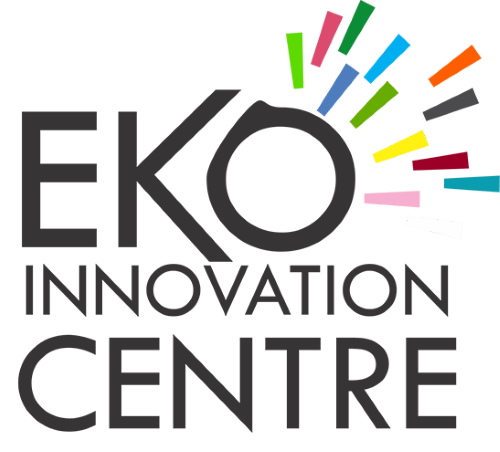For startups, having an innovative idea isn’t enough—success hinges on Product-Market Fit (PMF). PMF occurs when a startup creates a product that not only solves a problem but does so in a way that customers truly need, want, and are willing to pay for. Without PMF, even the best innovations struggle to gain traction, attract investors, or scale effectively.
Why Does Product-Market Fit Matter?
According to CBInsights, 35% of startups fail due to lack of market need. This underscores why PMF is critical—it ensures a startup isn’t building a solution for a non-existent problem. PMF leads to:
• Higher customer demand and retention
• Stronger investor confidence
• Sustainable revenue growth
Companies that fail to achieve PMF often burn cash rapidly, experience low customer engagement, and struggle to scale. In contrast, successful startups prioritize validating PMF before aggressively expanding.
Steps to Achieving Product-Market Fit
1. Understand Your Market
Before building a product, startups must analyze the market landscape and identify a specific, underserved need. This includes:
- Conducting surveys and interviews to validate pain points
- Analyzing competitors to differentiate offerings
- Using data analytics to track demand trends
2. Define Your Value Proposition
A strong PMF is built on a clear and compelling value proposition that directly addresses a customer pain point. A simple framework for this is:
“For [target customer] who [has a specific need], our [product] is a [solution] that [provides a key benefit].”
For example, CodeCheck, a successful app, identified a niche audience of sustainability-conscious shoppers and built an app that scans and analyzes product ingredients instantly—solving a clear, unmet need.
3. Develop & Test Your MVP (Minimum Viable Product)
Start small and test early. Building an MVP allows startups to:
• Release a basic but functional product
• Gather user feedback quickly
• Refine features based on real-world demand
The key here is iteration—successful startups constantly test, measure, and adapt before scaling.
4. Measure & Optimize PMF
Measuring PMF requires a data-driven approach. Some common indicators include:
• Customer Retention Rates – Are users sticking with the product over time?
• Engagement & Pull Effect – Are customers actively using the product without excessive marketing push?
• Surveys & Feedback – Are at least 40% of users saying they’d be “very disappointed” if they lost access?
Common Mistakes to Avoid
• Ignoring customer feedback – PMF is customer-driven. If users aren’t engaged, iterate.
• Scaling too soon – Expanding before achieving PMF can drain resources and lead to failure.
• Complicating the solution – The best products solve problems simply and effectively.
Conclusion
Achieving PMF is a game-changer for startups. It validates demand, secures investor interest, and lays the foundation for sustainable scaling. Before scaling, startups must identify their ideal customers, build an MVP, and refine based on data-driven feedback.
At Eko Innovation Centre, we guide startups through this process with mentorship, strategic support, and a robust innovation ecosystem. If you’re looking to refine your product strategy and achieve true product-market fit, explore our programs and join our thriving network of entrepreneurs.
